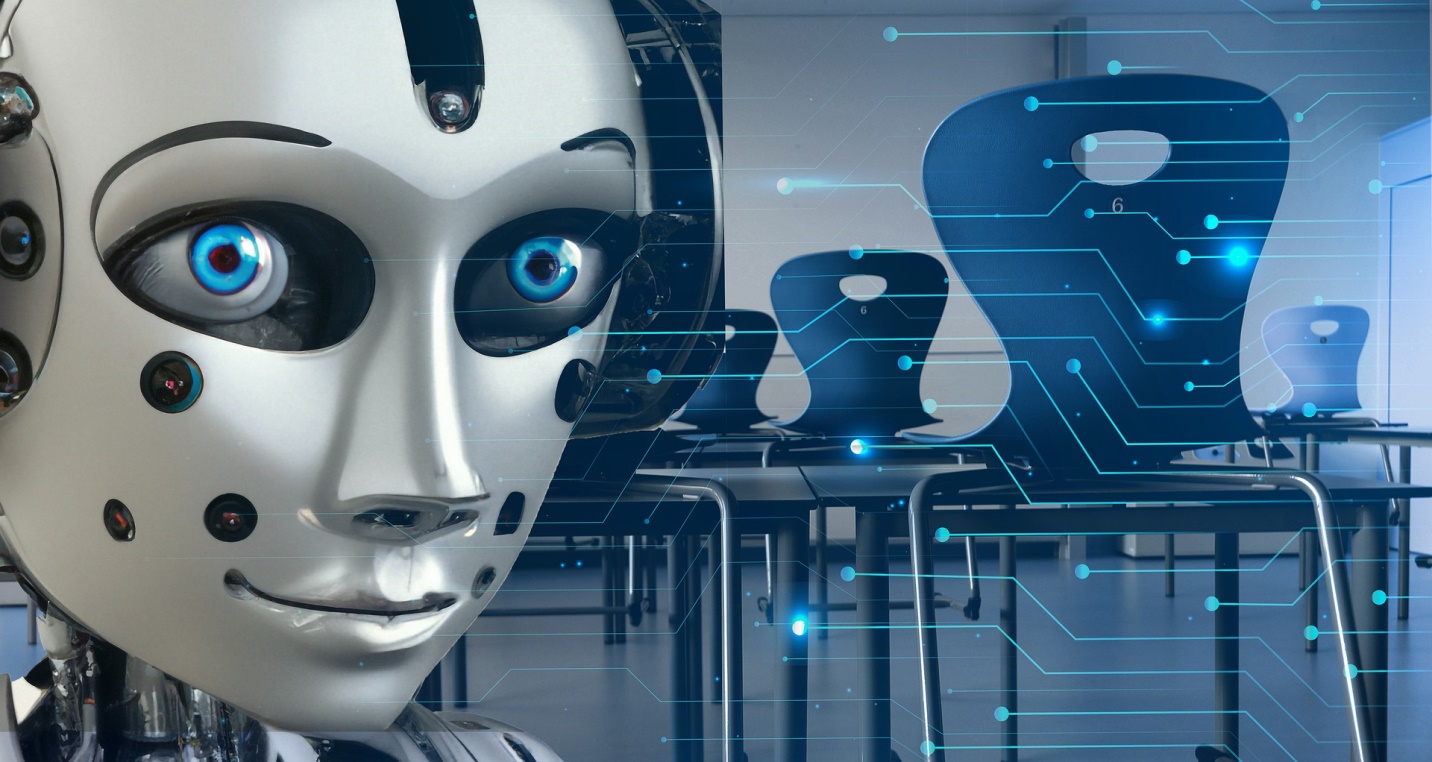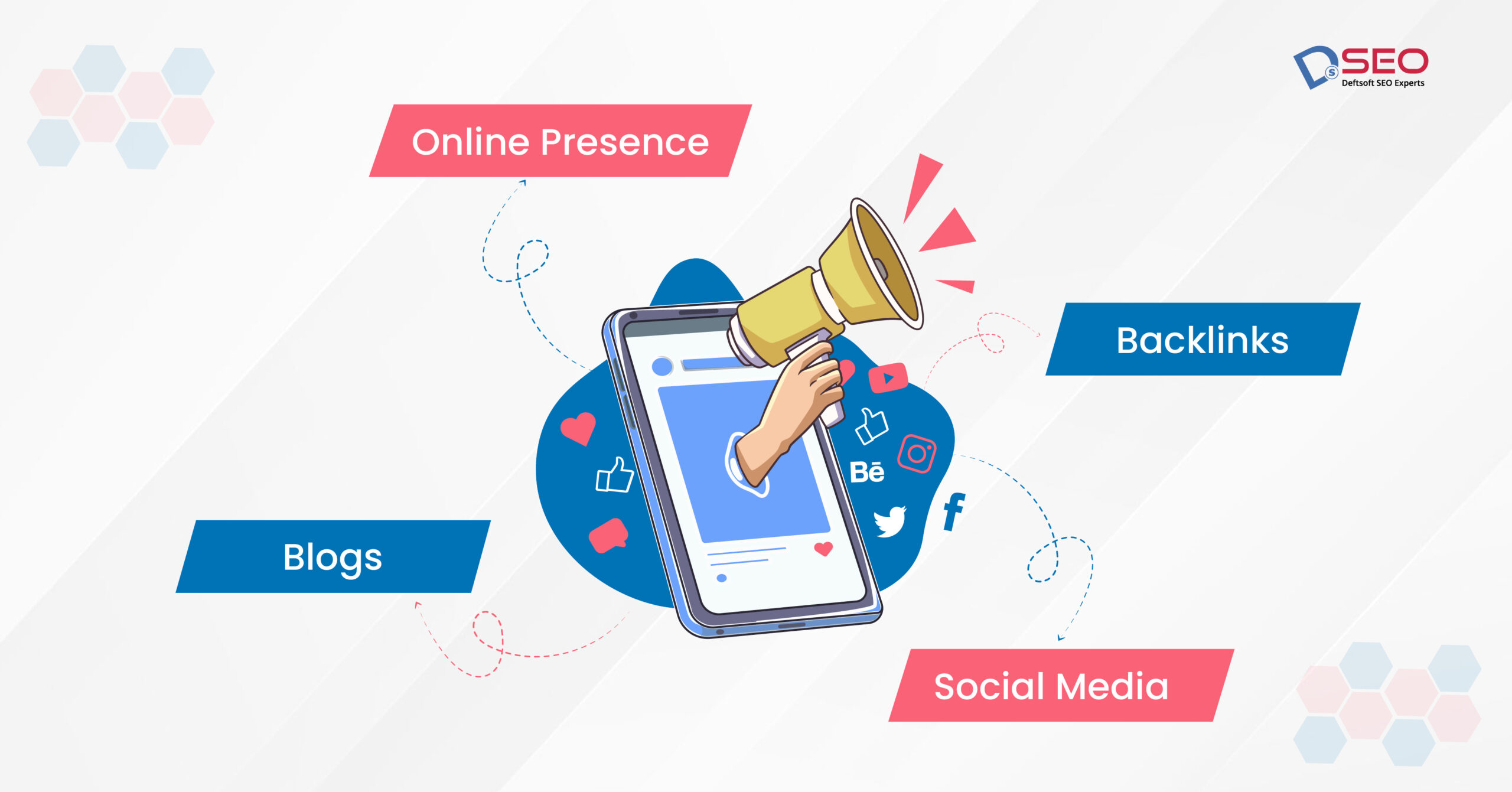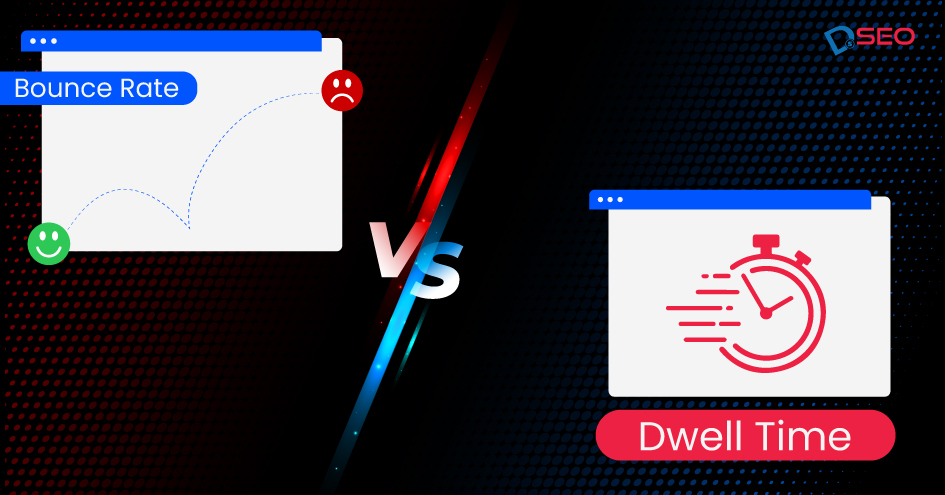
Chat GPT Pros and Cons: A Guide for Better Understanding
February 7, 2023 / E-COMMERCE MARKETING
Chat GPT is a conversational AI model developed by Open AI. It uses state-of-the-art Natural Language Processing (NLP) techniques to understand and generate human-like text. It has been trained on a massive corpus of text data and can respond to various questions and topics. This post will examine the Chat GPT pros and cons, focusing on its applications, limitations, and challenges.
Applications of Chat GPT
One of the primary applications of Chat GPT is customer service. Companies can use it to automate customer support and provide quick and accurate responses to customer inquiries. Chat GPT can also be used for chatbots, virtual assistants, and language translation, among other applications.
Advantages of Chat GPT
Chat GPT has several benefits, including:
- Accuracy: Chat GPT has been trained on a massive corpus of text data, which has allowed it to develop a high level of accuracy in its responses.
- Human-like responses: Chat GPT has been designed to generate human-like text, making it suitable for applications such as customer service and chatbots.
- Speed: Chat GPT can respond to customer inquiries quickly, which can improve the customer experience.
- Versatility: Chat GPT can respond to various questions and topics, making it suitable for various applications.
Limitations of Chat GPT
Despite its many advantages, Chat GPT also has several limitations, including:
- Bias: Like any machine learning model, Chat GPT is susceptible to biases. It has been trained on a large corpus of text data, which may contain biases and stereotypes.
- Contextual limitations: Chat GPT may need help understanding the context of a conversation, which can lead to misunderstandings and incorrect responses.
- Lack of empathy: Chat GPT cannot empathize with customers compared to human customer service agents. This can impact the customer experience negatively.
- Limited creativity: Chat GPT can only respond based on the information it has been trained on. It cannot think creatively or outside the box.
Challenges of Chat GPT
The development and deployment of Chat GPT are not without challenges, including:
- Data privacy: The large amounts of text data used to train Chat GPT may contain sensitive information that needs to be protected.
- Regulation: There may be regulatory concerns surrounding the deployment of Chat GPT, such as data protection and privacy.
- Technical limitations: Chat GPT requires significant computational resources to run, which can sometimes limit its deployment.
- Trust: Companies and users may be skeptical of the accuracy and reliability of Chat GPT, which could impact its adoption and usage.
Now that we have discussed the Chat GPT pros and cons, let’s move further to better understanding.
Security and Privacy Concerns
One of the most significant challenges of Chat GPT is ensuring the security and privacy of the text data used to train it. This data often contains sensitive information that needs to be protected, such as personal information, financial data, and confidential business information. Therefore, companies must implement robust security measures to protect this data, including encryption, access controls, and regular audits. Additionally, there are regulatory concerns surrounding using AI models like Chat GPT, such as data protection and privacy regulations. Companies must comply with these regulations to avoid legal and reputational risks.
Advancements in NLP and AI
Chat GPT is just one of many AI models being developed to improve our ability to understand and generate human-like text. There have been significant advancements in NLP and AI in recent years, and this trend is expected to continue. This will lead to the developing of new and more advanced AI models, including conversational AI models like Chat GPT. Some of the latest advancements in NLP and AI include improved deep learning algorithms, larger and more diverse training data sets, and more advanced natural language generation techniques. These advancements will continue to improve the accuracy, versatility, and human-like quality of AI models like Chat GPT.
Integration with Other Technologies
Chat GPT is not an isolated technology but can be integrated with other technologies to enhance its capabilities and improve its usefulness. For example, Chat GPT can be integrated with voice assistants, such as Amazon Alexa and Google Home, to provide a more natural and conversational interface. Chat GPT can also be integrated with other AI models, such as sentiment analysis models, to provide more accurate and context-sensitive responses. Additionally, Chat GPT can be integrated with data visualization tools to provide visual representations of complex data, making it easier for users to understand and interact with. The integration of Chat GPT with other technologies will continue to improve its functionality and make it a more valuable tool for businesses and consumers.
Conclusion:
Now that you have learned about the Chat GPT pros and cons, you must know till now that Chat GPT is a powerful AI model that has the potential to revolutionize the way we interact with technology. Its accuracy, human-like responses, speed, and versatility make it suitable for various applications, including customer service, chatbots, and language translation. However, it has several cons and challenges, including biases, contextual limitations, lack of empathy, limited creativity, data privacy, regulatory concerns, technical limitations, and trust. Despite these challenges, the potential pros of Chat GPT make it an exciting area of research and development, and its impact on our lives is likely to be significant in the years to come.









